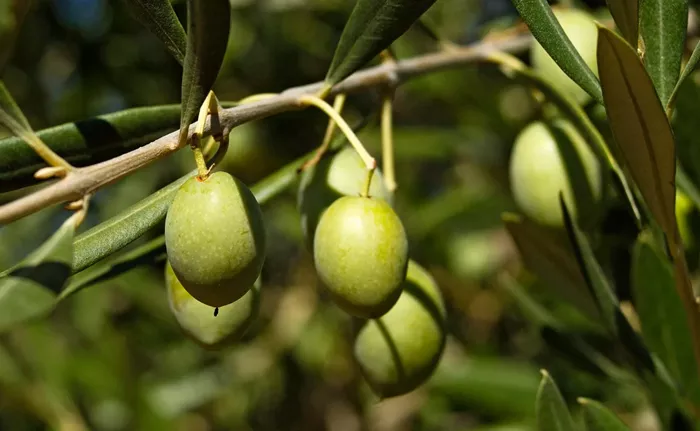A recent study in Israel highlights the critical role of phosphorus (P) in the reproductive cycle of olive trees, particularly its impact on flower quality, carbohydrate reserves, and fruit production.
The research, conducted on young ‘Barnea’ olive plants, found that phosphorus directly influences plant growth, flower development, and fruit set.
Olive trees, traditionally grown in poor soils, have benefited from modern practices like intensive irrigation, which have increased their nutrient needs.
The study showed that when phosphorus levels dropped below 0.1%, plant growth and productivity suffered. However, higher phosphorus levels resulted in more abundant and higher-quality flowers, especially in terms of well-developed pistils and improved fruit set.
Interestingly, the study revealed that phosphorus’s effects on flower quality were not linked to energy reserves. Instead, phosphorus directly impacted flower physiology, improving pistil persistence and reproductive vitality.
While phosphorus-deficient plants produced more pollen, their overall reproduction was compromised due to the lack of sufficient nutrients.
The findings underscore the importance of monitoring phosphorus levels in olive groves, as even soils traditionally considered non-limiting for phosphorus can benefit from targeted supplementation.
This knowledge can help modernize olive tree management and improve production efficiency, especially in intensively irrigated groves. Proper fertilization, guided by soil and leaf analysis, is essential for sustainable, high-yield olive farming.


